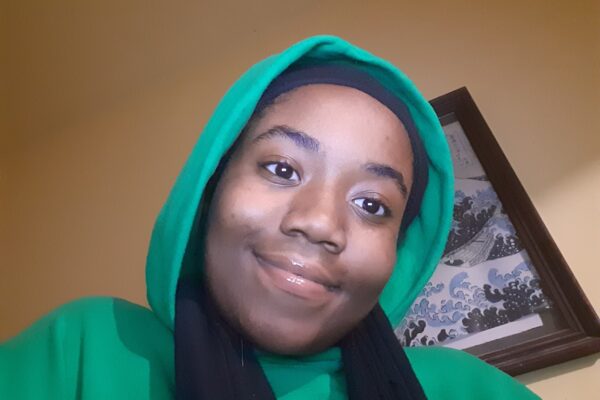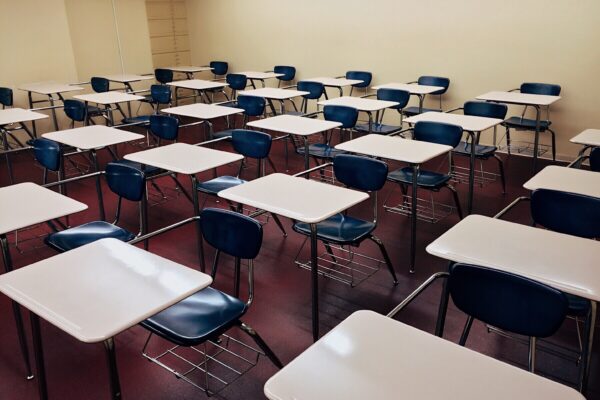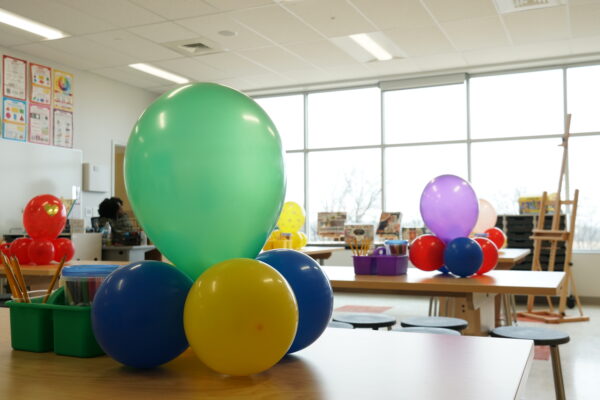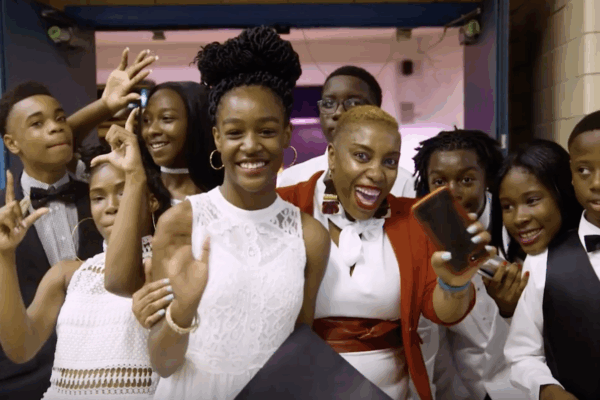By Queen Royalty
Queen Royalty is a 10th grader in Bard High School Early College who has attended Baltimore City Public and Charter Schools all of her life. She is an avid education activist and loves encouraging others to participate in activism.
Children grow in places where we see ourselves represented and our needs addressed. Classrooms should be the last places where Black and Brown students feel that we are not seen or heard. Converting classrooms into healing spaces will only benefit Black and Brown children’s academic success. One way to avoid hurting our self-esteem and to address mental wellbeing is to uncover what types of spaces help children of color succeed.
Every child deserves learning that is relevant to their experiences and identity. Engaging in lessons that we can relate to from people who look like us and share similar experiences with us due to identity is a key thing that children need. In a June 2019 report, the number of Black teachers recruited grew in Baltimore City, but there is a still a large gap between Black and white teachers. Within City schools’ walls, there is about 80% of Black students who only have 45% of Black teachers to look up to.1
One study has demonstrated that students who have had teachers who look like them do better academically. It was observed that children given racially similar teachers improved their test scores in math and reading.2 Not only is there a dire need to recruit and retain Black and Brown teachers, but training on culturally competency is also essential.
As a student of the Baltimore City Public and Charter School System all of my life, I experienced feeling disconnected from my teachers and frustrated with the lack of culturally competent lessons. It’s been uncomfortable when I’ve had a white teacher teaching me about my history in an incorrect way. I have family members who have told me differently because their grandparents have been through it.
Within the Blueprint for Maryland’s Future bill, there was a severe lack of funding for recruitment of teachers of color and culturally relevant pedagogy training, which would address the teacher’s attitudes and increase cultural competence. The purpose of this training is to have students succeed academically and develop and maintain cultural competence.
Goals, such as these, meet children’s academic needs, makes learning relevant to students’ interests, and uses the child’s culture as a vehicle for learning, recognizing the value of the knowledge inside a student’s community. This encourages children to be critical thinkers, with a strong ability to analyze the world.
In providing diverse teachers who look like their students and having culturally competent lessons in the classrooms, children will acquire the tools needed to succeed further in life, pride in their individual history, and a deeper understanding of themselves.
When we give teachers the tools to engage with children on a much deeper level – and the expectation that they do that critical work – we are nurturing a more comprehensive learning experience. As of now, Black and Brown children do not have many teachers who look like them or can even relate to them. In the 2015-2016 school year, there was only about 20% of teachers of color in U.S. public schools.3 While in 2018, children of color made up about half of the students attending public schools in the nation.4 Black and Brown children need role models that they can look up to, that look like them, because children learn by example.
If we truly want Black and Brown children to excel academically, have good self-esteem, and be as mentally healthy as possible, we need to take a race-brave approach and begin a serious recruitment plan for more Black and Brown teachers and culturally relevant pedagogy training.
Read more about the ACLU's work on the Blueprint for Maryland’s Future bill here.
GET INVOLVED
Education is a constitutional right in Maryland. In Baltimore City, it’s glaringly obvious the state has not fulfilled its duty to every student. Maryland must fix generational disinvestment in the education of Black and Brown students.
Join ACLU of Maryland, NAACP Legal Defense and Educational Fund, Inc., Baltimore Algebra Project, Baltimore Teachers Union, Arts Every Day, and Queen Royalty for an online town hall on Thursday, June 19, 2020, at 5:45 – 7:30 p.m.
1“Black Teacher Recruitment and Retention Working Group.” Final Report June 2019, Baltimore City Public Schools, www.baltimorecityschools.org/sites/default/files/inline-files/BTRRWG-Report-Summary-06-18-19.pdf.
2Egalite, Anna J., and Brian Kisida. “The Effects of Teacher Match on Students’ Academic Perceptions and Attitudes.” Educational Evaluation and Policy Analysis, vol. 40, no. 1, 2017, pp. 59–81., doi:10.3102/0162373717714056.
3“Digest of Education Statistics, 2017.” National Center for Education Statistics (NCES) Home Page, a Part of the U.S. Department of Education, nces.ed.gov/programs/digest/d17/tables/dt17_209.10.asp?current=yes.
4“Public School Enrollment, by Race/Ethnicity.” Kidsdata.org, www.kidsdata.org/topic/36/publicschoolenrollment-race/.





